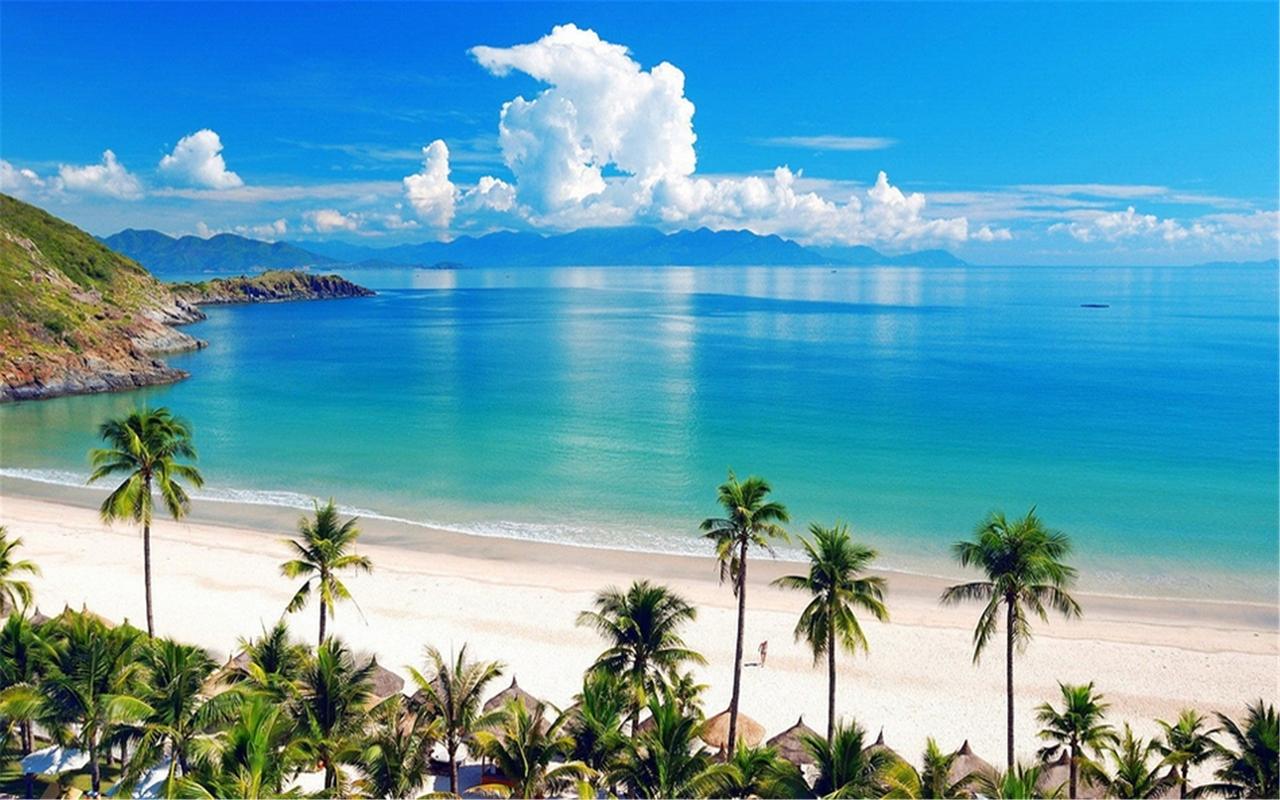The Philippines boasts a rich cultural heritage that traces back to its pre-colonial times, spanning across centuries of foreign influence, leading to the development of a fascinating popular culture. From its diverse art forms, music, dance, cuisine, and fashion, Philippine popular culture reflects its indigenous, Spanish, American and Chinese origins.
The importance of Philippine popular culture is not only limited to entertainment and expressive arts but also reflects the country’s diverse identity and its past. It has served as a means of resistance to colonizers, fostered a sense of community in its people, and contributed to the development of Filipino identity.
One of the most significant markers of Philippine popular culture is its music. From traditional kundiman to modern OPM (Original Pilipino Music), Philippine music reflects the country’s history and cultural diversity. Its music has been sung in different languages, blending Spanish, Tagalog, and English, making it accessible to various audiences.
The Philippine film industry is another crucial part of the country’s popular culture. The Golden Age of Philippine cinema, which thrived during the 1950s to 1970s, produced masterpieces that tackled social commentary and national issues, such as the plight of farmers and the struggles of the urban poor. Its influence also extends to today’s cinema, which continues to produce thought-provoking and critically acclaimed films.
Philippine literature also reflects the country’s popular culture. Oral tradition has been an essential aspect of literature, passed down from generation to generation through legends, myths, and folktales. Philippine literature also reflects the country’s history and experiences, such as the literary works produced during the Martial Law period.
The popularity of Philippine cuisine has also made waves worldwide, influencing other countries’ food cultures. The country’s diverse cuisine reflects the various influences the Philippines has received, with dishes that blend Chinese, Spanish, and Malay influences.
In fashion and art, the Philippines also showcases its unique style, combining traditional indigenous designs with modern elements. The use of bright colors, intricate patterns, and natural materials has made Philippine fashion and art highly recognizable worldwide.
In conclusion, Philippine popular culture is a complex tapestry of history, traditions, and foreign influences that have come together to embody the essence of the Philippines and its people. With its music, film, literature, cuisine, and fashion, Philippine popular culture shows how diverse identities can thrive through the art forms that foster creative expression and connect people through shared experiences.
(Note: Do you have knowledge or insights to share? Unlock new opportunities and expand your reach by joining our authors team. Click Registration to join us and share your expertise with our readers.)
